The giraffe, with its towering neck stretching up to two meters, presents one of nature’s most fascinating physiological puzzles. How does this majestic creature manage to pump blood all the way to its brain without succumbing to the immense gravitational forces that would cripple most other mammals? The answer lies in an extraordinary suite of adaptations that have evolved over millions of years, turning the giraffe into a marvel of biological engineering.
The Cardiovascular Challenge
At the heart of the giraffe’s physiological conundrum is the sheer height of its neck. To deliver oxygenated blood from the heart to the brain, the animal’s cardiovascular system must overcome a gravitational pressure gradient that would be fatal for humans or other mammals. A giraffe’s heart, for instance, generates roughly twice the blood pressure of a human’s, with systolic pressures reaching an astonishing 300 mmHg. This high-pressure system is essential to ensure that blood can ascend the lengthy arterial pathway without stagnating or failing to reach critical brain tissues.
But maintaining such extreme blood pressure introduces its own set of challenges. The giraffe’s brain, perched high above its body, must be protected from dangerous surges in pressure when the animal lowers its head to drink. Similarly, the delicate blood vessels in its legs must withstand the crushing force of gravity when blood circulates downward. Evolution has addressed these issues with a combination of specialized valves, reinforced vessel walls, and a unique network of capillaries that regulate flow with remarkable precision.
The Role of the "Wonder-Net"
One of the most ingenious adaptations in the giraffe’s circulatory system is the rete mirabile, or "wonder-net," a complex web of small blood vessels at the base of the brain. This structure acts as a pressure regulator, dissipating the force of incoming blood before it reaches the brain’s delicate tissues. By splitting the high-pressure flow into countless tiny channels, the rete mirabile ensures that the brain receives a steady, controlled supply of blood rather than a damaging surge.
Equally impressive are the giraffe’s jugular veins, which feature a series of one-way valves that prevent backflow when the head is lowered. Without these valves, blood would rush uncontrollably toward the skull, potentially causing hemorrhaging or loss of consciousness. The veins also collapse slightly under pressure, further moderating the speed at which blood returns to the heart. This dynamic system allows giraffes to bend down for water and raise their heads again without experiencing dizziness or blackouts—a feat that would be impossible for humans under similar conditions.
Muscular and Structural Reinforcements
Beyond its vascular adaptations, the giraffe relies on a powerful heart and uniquely structured blood vessels to maintain circulation. The left ventricle of the heart is exceptionally thick, enabling it to generate the forceful contractions needed to propel blood upward. Meanwhile, the walls of the giraffe’s arteries are thicker and more elastic than those of other mammals, preventing ruptures under extreme pressure.
The lower limbs, which endure significant hydrostatic pressure, are wrapped in tight, dense connective tissue that acts like compression stockings. This adaptation prevents blood from pooling in the legs and aids venous return, ensuring that circulation remains efficient even when the giraffe is standing still for long periods. Without these reinforcements, the animal’s legs would swell, and its cardiovascular system would struggle to maintain adequate flow.
Evolutionary Implications
The giraffe’s circulatory system is a masterpiece of evolutionary problem-solving. By studying its adaptations, scientists gain insights into how extreme physical traits can emerge without compromising survival. Researchers have even looked to giraffe physiology for inspiration in human medicine, particularly in understanding hypertension and developing better treatments for vascular diseases.
Yet, despite decades of study, questions remain. How exactly do giraffes regulate blood flow during rapid movements, such as fleeing from predators? What additional genetic or cellular mechanisms contribute to their resilience? As technology advances, new discoveries will likely reveal even more about this iconic animal’s extraordinary design.
For now, the giraffe stands as a testament to nature’s ingenuity—a creature whose very existence challenges our understanding of biology and reminds us of the incredible diversity of life on Earth.

By /Jun 10, 2025
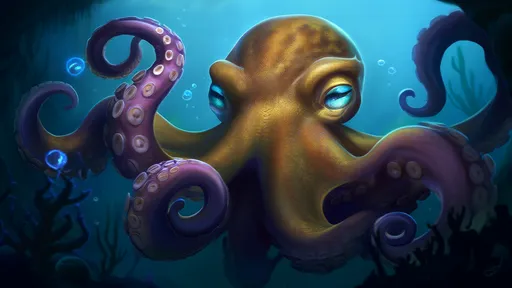
By /Jun 10, 2025
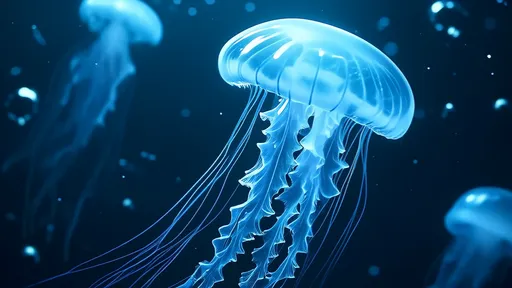
By /Jun 10, 2025
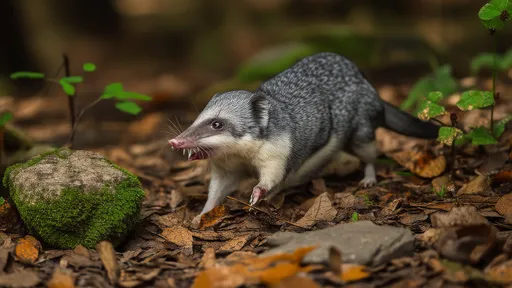
By /Jun 10, 2025

By /Jun 10, 2025
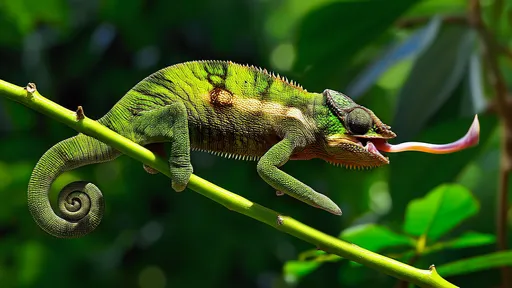
By /Jun 10, 2025

By /Jun 10, 2025

By /Jun 9, 2025

By /Jun 9, 2025
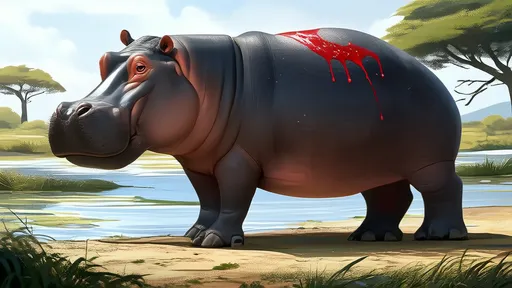
By /Jun 9, 2025

By /Jun 9, 2025

By /Jun 9, 2025

By /Jun 9, 2025

By /Jun 9, 2025

By /Jun 9, 2025

By /Jun 9, 2025

By /Jun 9, 2025

By /Jun 9, 2025

By /Jun 9, 2025

By /Jun 9, 2025